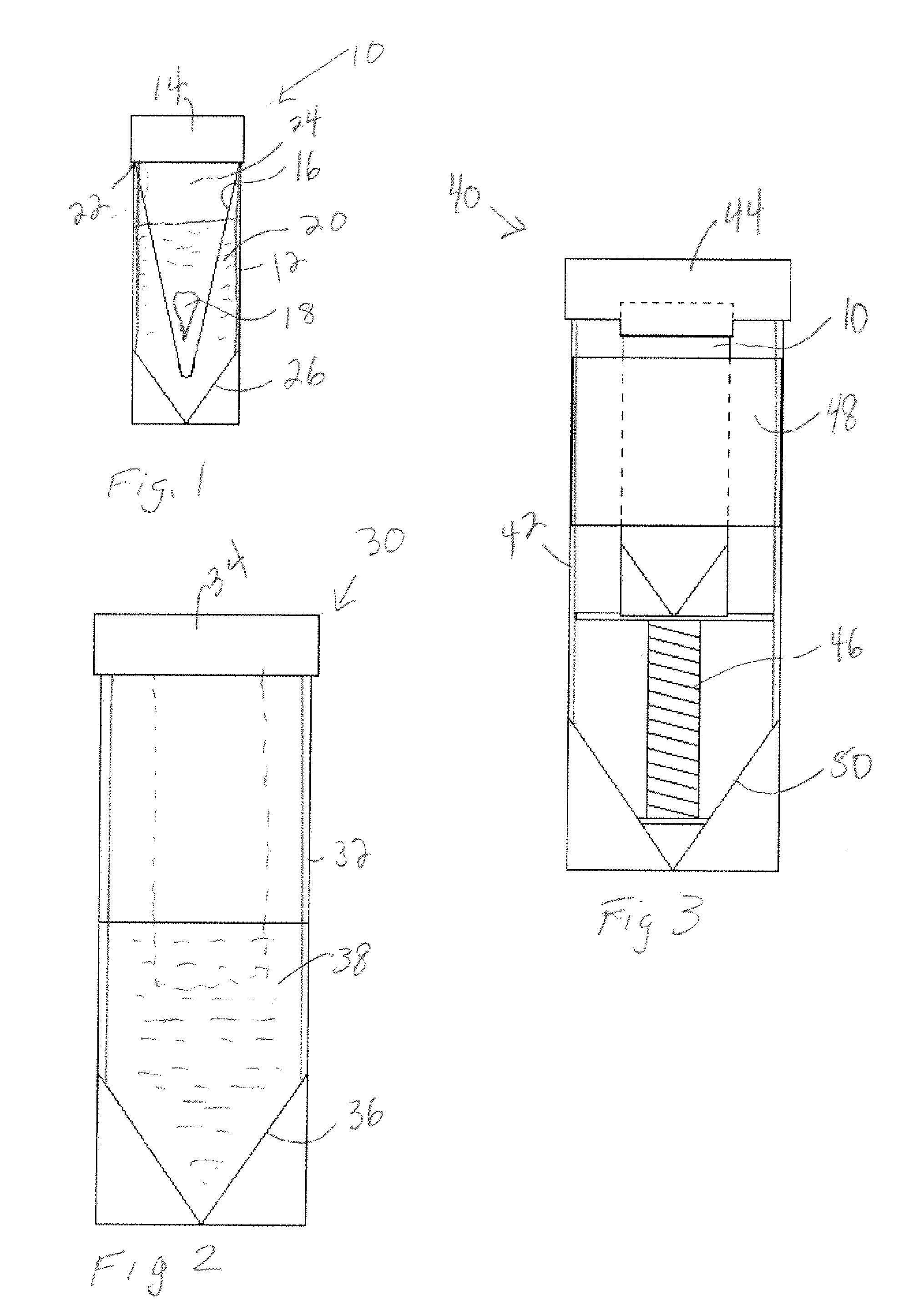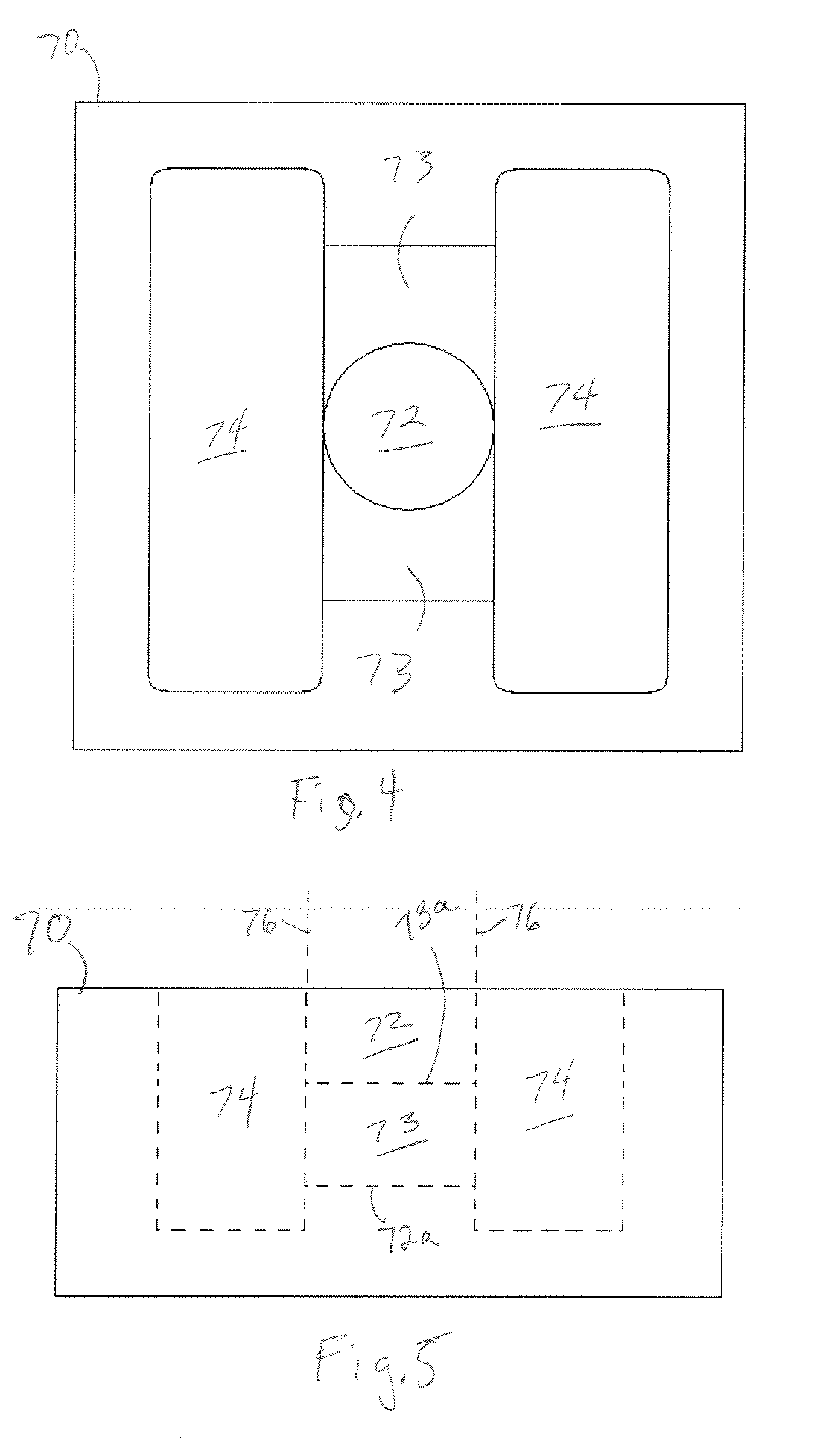Hypothermic tooth transport system
a technology of a transport system and a tooth, applied in the field of biological tissue transport, can solve the problems of limited prior systems for tooth transport, immediate decline in tooth health, and total death of the tooth, and achieve the effects of maintaining maximum cell viability, minimal loss, and maintaining cellular viability. interior
- Summary
- Abstract
- Description
- Claims
- Application Information
AI Technical Summary
Benefits of technology
Problems solved by technology
Method used
Image
Examples
Embodiment Construction
[0039] There is a need, met by embodiments of the present invention, for an optimal nutrient rich environment in which to transport teeth under hypothermic conditions, comprising of adequate cold chain cooling processes. The specific cold chain cooling process used can be summarized as “cold reflection”. In practice, this dynamic process occurs when two opposing cooling sources are placed within the storage / transport package. This process establishes a physical and functional integrity to accommodate the need for hypothermic conditions in which to transport teeth in an optimal nutrient rich environment. Cold reflection describes an active process which occurs when opposing forces of radiant cold are housed close by in a thermally insulated environment, resulting in achieving the coldest potential which is then directed toward the epicenter of the primary and secondary receptacles to extend durations of cold, as opposed to a solitary ice (or other cold) source.
[0040] As described in...
PUM
 Login to View More
Login to View More Abstract
Description
Claims
Application Information
 Login to View More
Login to View More - R&D
- Intellectual Property
- Life Sciences
- Materials
- Tech Scout
- Unparalleled Data Quality
- Higher Quality Content
- 60% Fewer Hallucinations
Browse by: Latest US Patents, China's latest patents, Technical Efficacy Thesaurus, Application Domain, Technology Topic, Popular Technical Reports.
© 2025 PatSnap. All rights reserved.Legal|Privacy policy|Modern Slavery Act Transparency Statement|Sitemap|About US| Contact US: help@patsnap.com



